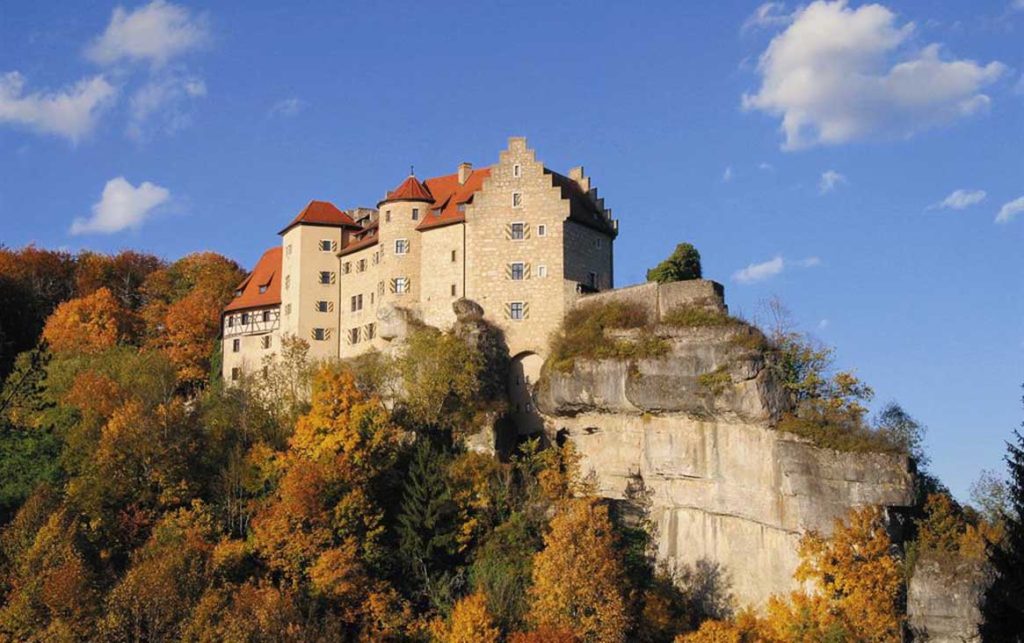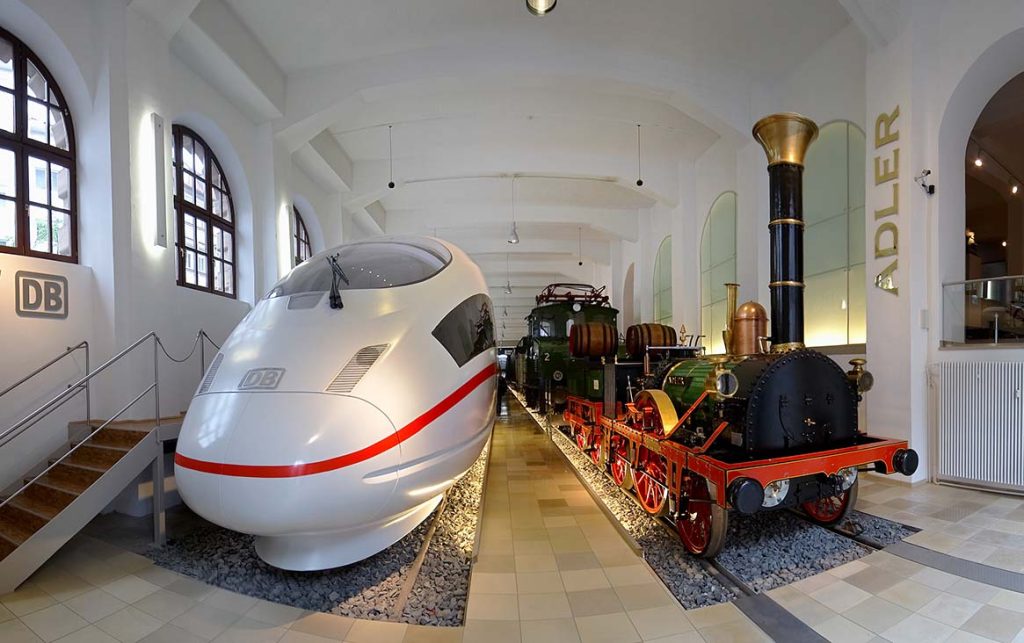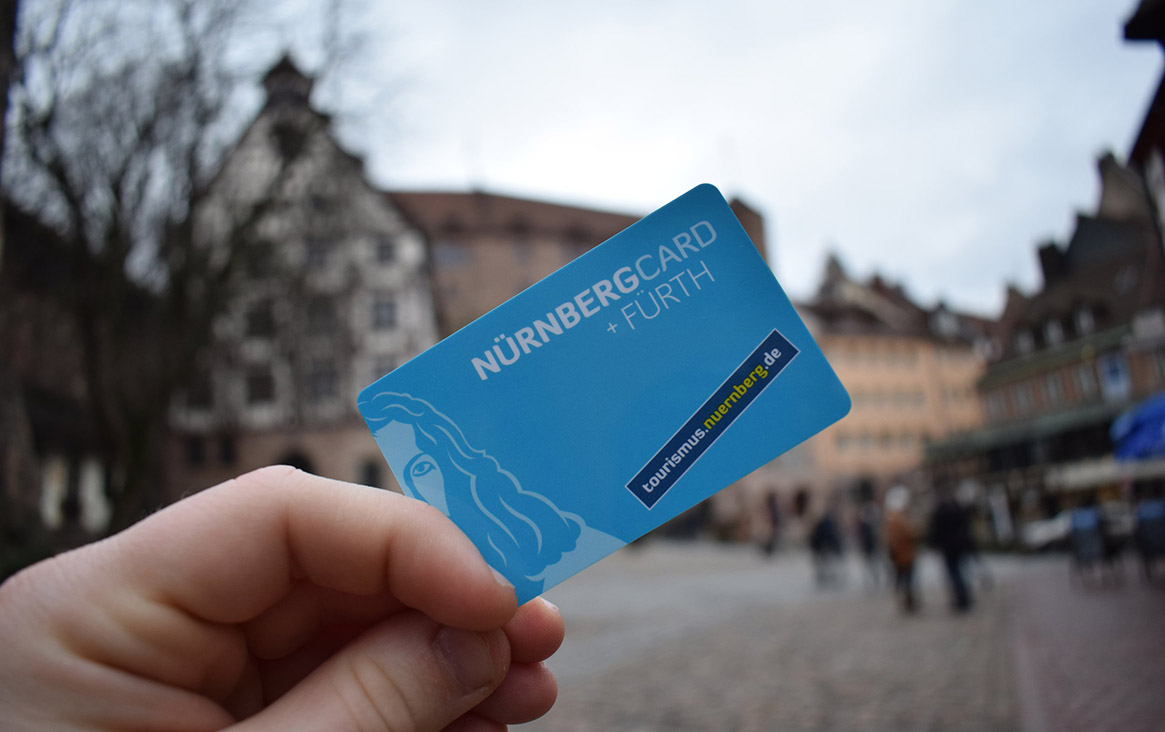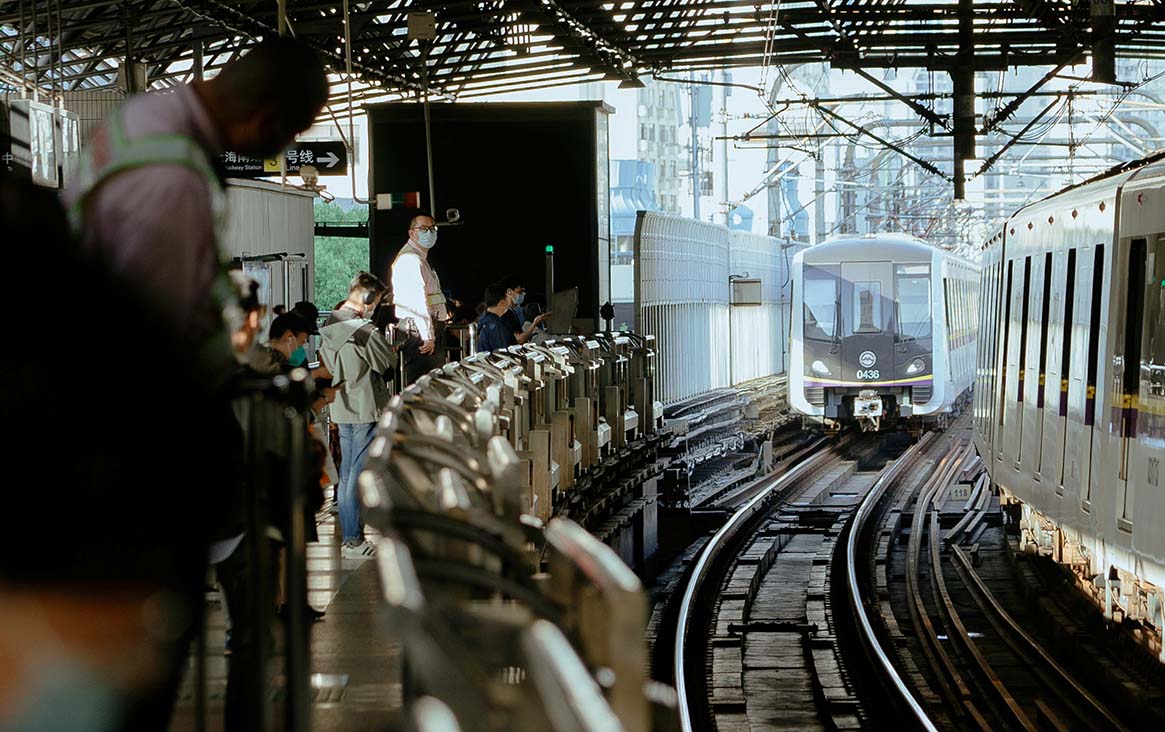In November, Nuremberg carries a gentle chill in the air. Fallen leaves swirl in the wind like delicate dancers, and faint traces of frost appear on the gabled rooftops of the Old Town, casting a dreamy haze over the cobbled streets. The city feels slower in this season, more introspective — as though it’s inviting visitors to pause and absorb its centuries-old soul. For anyone drawn to history, architecture, and old-world charm, Nuremberg in late autumn offers an immersive and peaceful experience. Wanting to get the most out of my stay, I opted for the Nürnberg Card, which made travel seamless and museum-hopping effortless. It turned out to be one of the best decisions of my trip.
Is the Nürnberg Card Really Worth It?
The All-in-One Convenience
The Nürnberg Card is a two- or three-day tourist pass that includes:
- Free access to all public transportation in Nuremberg and surrounding cities (such as Fürth), including subways, buses, and trams
- Free entry to most museums and attractions (over 30 in total)
- Discounts at selected restaurants and souvenir shops
The price is very reasonable: around €33 for a three-day pass (2025 pricing subject to change). Considering that individual museum tickets typically cost €6–12 each, and a one-day transport pass alone costs around €9, the savings quickly add up.
How to Purchase and Activate the Card
I picked up my Nürnberg Card at the tourist information center conveniently located inside the central train station. The process was fast and friendly — the staff even offered tips on what to see first. For those who prefer going paperless, the digital version can be bought online and added to your smartphone wallet. Activation is automatic once you use public transit or scan into your first attraction. This “first touch” system allows for strategic planning: you can buy the card ahead of time and start using it only when you’re ready, making it ideal for travelers arriving later in the day or wanting a leisurely start.
Three Days of Smart Travel: My Personal Route with the Card
Day 1: A Walk Through History
Through the City Gates and Into the Shadow of the Castle
In the morning, I took the U1 subway to Lorenzkirche station. Just steps from the exit, I was greeted by the towering silhouette of St. Lawrence Church (Lorenzkirche) under a slate-gray sky. While the church itself is free to enter, guided tours and special exhibits are included with the card.
Walking further north along Königstraße, Nuremberg’s busiest shopping street, I reached the Imperial Castle (Kaiserburg Nürnberg) — one of the highlights of my visit. This historic stronghold symbolized imperial power in the Holy Roman Empire. From its tower, the panoramic view over the red-tiled rooftops of the Old Town is breathtaking. The Nürnberg Card grants direct access with no extra charge.
Afternoon: City Museum and Craftsmen’s Courtyard
After the castle, I headed to the City Museum at Fembohaus, housed in a Renaissance-era mansion once belonging to a wealthy merchant. It features exhibits on Nuremberg’s evolution from the Middle Ages to the 20th century. The audio guide is also free with the card — a great way to absorb the city’s past.
Following a short downhill walk, I arrived at the Craftsmen’s Courtyard (Handwerkerhof), a recreated medieval market filled with artisans crafting leather goods, wooden toys, and jewelry. While this site isn’t part of the card’s free-entry list, admission is free and well worth a visit.

Evening Accommodation: Hotel Victoria Nürnberg
That night, I stayed at Hotel Victoria, located just beside the train station and right at the entrance to the Old Town. The hotel is a charming Victorian-era building with warmly decorated rooms. Breakfast is served in a lovely glass conservatory — a cozy spread of sausages, fruit platters, and fresh pastries.
Day 2: Cultural Museums and Tech Wonders
Industrial Heritage: DB Railway Museum
My second day began at the DB Railway Museum, perfect for visitors of all ages. The museum showcases the evolution of German trains, from steam locomotives to high-speed magnetic levitation trains. Interactive displays abound — ideal for kids. I especially enjoyed the recreated WWI-era dining car, offering an immersive, time-travel-like experience.
Nuremberg Transport and Toy Museums
Also included in the card are the Transport Museum (Verkehrsmuseum) and the Toy Museum (Spielzeugmuseum). Nuremberg was once a hub of toy manufacturing, and here you’ll find everything from wooden blocks to vintage tin trains. I was particularly moved by an original 1950s LEGO prototype — aged and slightly worn, it carried the charm of childhoods past.
Lunch at Bratwurst Röslein
For lunch, I dined at Bratwurst Röslein, a traditional eatery near the Hauptmarkt. I ordered the signature Nuremberg sausages with sauerkraut and beer. Thanks to the card, I received a small discount on my drink. The location is ideal for continuing your afternoon sightseeing.

Afternoon Art Stop: Neues Museum
Art lovers shouldn’t miss the New Museum (Neues Museum), a striking glass building that stands in sharp contrast to its medieval surroundings. Inside, you’ll find contemporary art and design from the 20th century onward, including works by German artist Gerhard Richter.
Second Night Stay: Melter Hotel & Apartments
That evening, I moved to Melter Hotel & Apartments, a stylish aparthotel with a minimalist aesthetic. The highlight here is the fully equipped kitchen — perfect for longer stays. Located in a lively restaurant and shopping district, I ended the day by making my own Glühwein (mulled wine) in the apartment’s kitchen.
Day 3: Hidden Museum Gems Unlocked by the Card
By the third day, I was already well-versed in navigating Nuremberg’s public transit and museum system with the city card. I decided to explore some cultural treasures that often get overlooked but are incredibly rewarding. These museums are ideal for a slower-paced morning, especially after two full days of sightseeing. With fewer crowds and more space for contemplation, it was the perfect way to dive deeper into Nuremberg’s intellectual and artistic heritage. The card allowed me to skip ticket lines and enjoy more time inside the exhibits, making the most of my final day.
Cultural Highlights: National and Dürer Museums
I began at the Germanisches Nationalmuseum, the largest museum of cultural history in Germany. Its sprawling galleries span everything from prehistoric tools and musical instruments to Baroque-era art, religious iconography, traditional costumes, and ancient household furnishings. It’s a place where every room opens a new chapter of European life. Later, I walked to Albrecht Dürer’s House, where the city’s iconic Renaissance artist lived and worked. The interior is thoughtfully restored, and live demonstrations of Dürer’s printmaking techniques bring history to life. Both museums are completely free with the card, including access to multilingual guided tours and exhibitions.
Last-Minute Shopping and Travel Prep
After soaking in the artistic atmosphere, I decided to wrap up my trip with some local shopping. I took the U1 subway to Franken Center, a large mall in the southern district of Langwasser Mitte. In just 15 minutes, I was inside a modern shopping complex with supermarkets, clothing stores, and regional product counters. I used this opportunity to buy edible souvenirs — from Nuremberg gingerbread to finely packaged sausages and Ritter Sport chocolates. Thanks to the card’s coverage of public transportation, the trip was completely free, and I didn’t have to worry about tickets or zones. It was a practical and relaxed way to prepare for my departure.

Practical Tips for Using the Card
- Plan Museum Visits Wisely: Since most museums operate between 10:00 and 17:00, it’s smart to prioritize indoor activities during daylight hours, especially in November when it gets dark early. Organize your itinerary to cover the most important or time-consuming museums first.
- Understand the Transit Zone: The Nürnberg Card is valid within the VGN transport zone, covering Nuremberg, Fürth, and Erlangen. Make sure to check the official VGN map if you’re planning to visit places on the outskirts. For destinations like Bamberg or Rothenburg, you’ll need additional tickets.
- Use Recommended Transit Apps: For real-time updates and routes, download NürnbergMOBIL, the official app for local transit. It shows schedules, delays, and the nearest stops. For longer trips, Deutsche Bahn (DB)’s app is equally essential, especially if your journey extends beyond Franconia.
More Than Just a Savings Card
At under €40, the Nürnberg Card paid for itself multiple times over. I visited over ten attractions, traveled easily across the city without ever buying a single transit ticket, and still had budget left for a warm, satisfying meal. But beyond financial savings, what the card really gave me was freedom — freedom to explore at my own pace, make spontaneous detours, and relax knowing everything was already taken care of. In a quiet month like November, this flexibility made the entire experience feel personalized and stress-free. If you’re considering a cultural trip to Bavaria, Nuremberg — with a city card in hand — is a perfect place to start.



